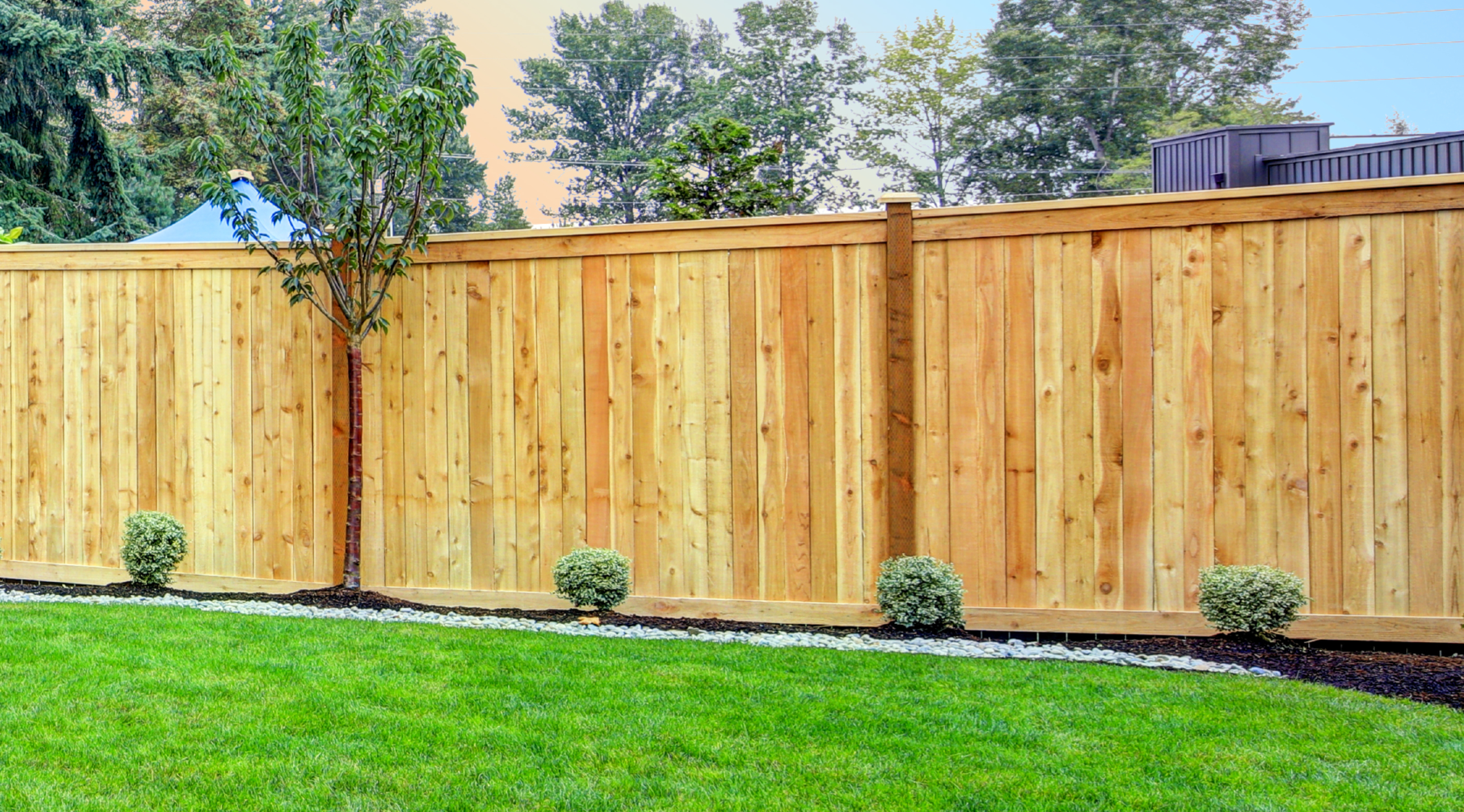How to Protect Your Fence from Rotting

Choose Rot-Resistant Materials
The first line of defence against rotting begins with selecting the right materials for your fence. Opt for rot-resistant wood species such as cedar, redwood, or pressure-treated lumber. These types of wood contain natural oils and preservatives that deter decay, making them more resilient to the effects of moisture and insects. You can explore our range of high-quality fencing options to find the perfect solution for your project.
Apply a Protective Finish
Applying a protective finish is a crucial step in safeguarding your fence from the elements. Stains, paints, and sealants create a barrier that shields the wood from rain, sunlight, and humidity. Make sure to choose a product specifically designed for outdoor use and reapply it regularly to maintain the protective layer.
Proper Installation
Ensure proper installation of your fence by placing it on a foundation that promotes good drainage. Elevate the fence slightly above the ground to prevent water from pooling around the base, as standing water can accelerate the rotting process. Additionally, leave a gap between the bottom of the fence and the ground to allow for adequate air circulation.
Regular Cleaning and Maintenance
Regular maintenance is key to preventing rot. Clean your fence periodically to remove dirt, debris, and mould that can contribute to decay. Use a mild detergent and a soft brush to scrub the surface, and rinse thoroughly with a hose. Inspect the fence for any signs of damage, and address issues promptly to avoid further deterioration.
Control Moisture Levels
Excessive moisture is a primary contributor to rot. Make sure your sprinkler system is not constantly soaking the fence and redirect water away from the base of the structure. Consider installing gutters to channel rainwater away and trim any overhanging branches that could contribute to moisture buildup.
Proper Ventilation
Adequate ventilation is crucial for preventing moisture buildup within the wood. Avoid planting dense vegetation directly against the fence, as this can trap humidity and promote rot. Trim plants regularly to allow for proper air circulation and sunlight exposure.
Address Insect Infestations Promptly
Insects can accelerate the decay process by burrowing into the wood and creating entry points for moisture. Inspect your fence regularly for signs of insect activity, such as small holes or sawdust-like debris. If you detect any issues, consult with a pest control professional to address the infestation promptly.
Conclusion
Protecting your fence from rot requires a combination of thoughtful material selection, proper installation, regular maintenance, and proactive measures to control moisture and pests. By following these guidelines, you can extend the lifespan of your fence, preserving its functionality and enhancing the overall curb appeal of your property.
Remember, a well-protected fence not only adds value to your home but also provides a lasting and beautiful boundary for years to come.















